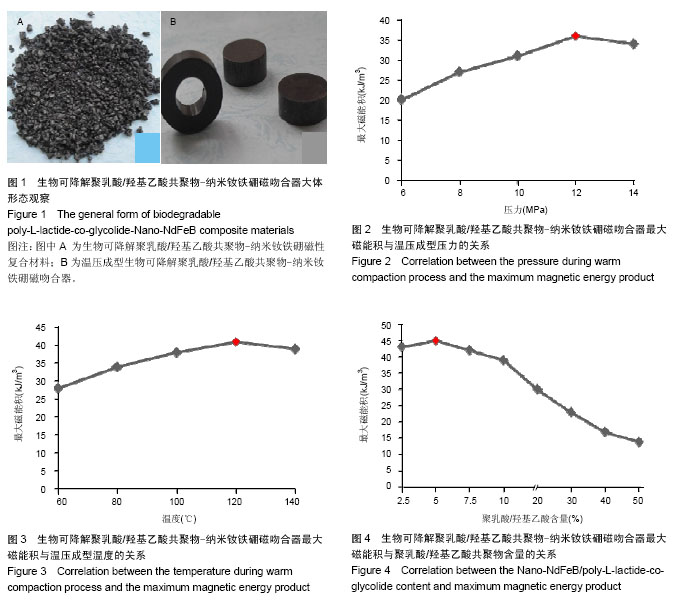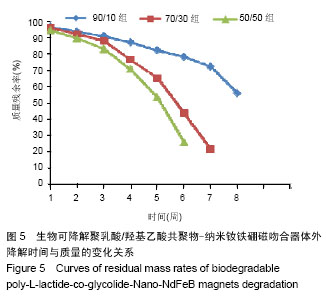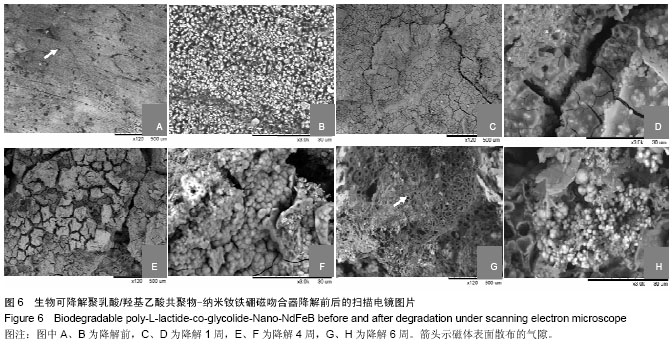| [1] Jamshidi R,Stephenson JT,Clay JG,et al.Magnamosis: magnetic compression anastomosis with comparison to suture and staple techniques.J Pediatr Surg.2009;44(1):222-228.
[2] Obora Y,Tamaki N,Matsumoto S.Nonsuture microvascular anastomosis using magnet rings: preliminary report. Surg Neurol.1978;9(2):117-120.
[3] Yan X, Fan C, Ma J, et al. Portacaval shunt established in six dogs using magnetic compression technique.PLoS One.2013; 8(9):e76873.
[4] Liu SQ, Lei P, Cui XH, et al. Sutureless anastomoses using magnetic rings in canine liver transplantation model.J Surg Res.2013;185(2):923-933.
[5] Liu SQ,Lei P,Cao ZP,et al.Nonsuture anastomosis of arteries and veins using the magnetic pinned-ring device: a histologic and scanning electron microscopic study[Z]. 2012:26,985-995.
[6] Heitmann C,Khan FN, Erdmann D,et al. Vein graft anastomoses with magnets. J Plast Reconstr Aesthet Surg. 2007;60(12): 1296-1301.
[7] Erdmann D, Sweis R, Heitmann C, et al. Side-to-side sutureless vascular anastomosis with magnets.J Vasc Surg. 2004;40(3):院505-511.
[8] Falk V, Walther T, Stein H, et al. Facilitated endoscopic beating heart coronary artery bypass grafting using a magnetic coupling device.J Thorac Cardiovasc Surg.2003;126(5):1575-1579.
[9] Ganz RA,Peters JH,Horgan S,et al. Esophageal sphincter device for gastroesophageal reflux disease.N Engl J Med. 2013;368(8):719-727.
[10] Zaritzky M,Ben R,Zylberg GI,et al.Magnetic compression anastomosis as a nonsurgical treatment for esophageal atresia. Pediatr Radiol.2009;39(9):945-949.
[11] Takamizawa S,Yamanouchi E,Muraji T,et al.MCRA of an anastomotic stenosis after esophagoesophagostomy for long gap esophageal atresia: a case report.J Pediatr Surg.2007; 42(5): 769-772.
[12] Pichakron KO,Jelin EB,Hirose S,et al.Magnamosis II: Magnetic compression anastomosis for minimally invasive gastrojejunostomy and jejunojejunostomy. J Am Coll Surg. 2011; 212(1):42-49.
[13] Wall J, Diana M, Leroy J, et al. MAGNAMOSIS IV: magnetic compression anastomosis for minimally invasive colorectal surgery.Endoscopy.2013;45(8):643-648.
[14] Gonzales KD,Douglas G,Pichakron KO,et al.Magnamosis III: delivery of a magnetic compression anastomosis device using minimally invasive endoscopic techniques. J Pediatr Surg. 2012;47(6):1291-1295.
[15] Russell KW,Rollins MD,Feola GP,et al.Magnamosis: a novel technique for the management of rectal atresia. BMJ Case Rep.2014;2014.pii: bcr2013201330.
[16] An GS,Huai ZQ,Sheng Z,et al.Innovative magnetic rings for circumferential mucosectomy: preliminary research.Surg Today. 2015;45(1):78-82.
[17] Uygun I, Okur M H, Cimen H, et al. Magnetic compression gastrostomy in the rat. Pediatr Surg Int.2012;28(5): 529-532.
[18] Itoi T,Kasuya K,Sofuni A,et al.Magnetic compression anastomosis for biliary obstruction: review and experience at Tokyo Medical University Hospital.J Hepatobiliary Pancreat Sci.2011;18(3):357-365.
[19] Jang SI, Kim JH, Won JY, et al. Magnetic compression anastomosis is useful in biliary anastomotic strictures after living donor liver transplantation.Gastrointest Endosc.2011; 74(5):1040-1048.
[20] Uygun I,Okur MH,Cimen H,et al.Magnetic compression ostomy as new cystostomy technique in the rat: magnacystostomy. Urology.2012;79(3):738-742.
[21] 谢占涛,李建辉,钱军民,等.外科吻合用壳核结构磁性纳米钕铁硼的制备及其细胞毒性[J].中国组织工程研究与临床康复,2010, 14(42):7829-7834.
[22] Capus J,Pickering S,Weaver A.Hoeganaes offers higher density at lower cost. Metal Powder Report.1994;49(7/8): 22-24.
[23] 陈刚,杨小玲,徐晖,等.温压钕铁硼粘结磁体制备技术的研究[J].稀有金属材料与工程,2008,37(2):308-311.
[24] 张修海. 粘结Nd-Fe-B永磁体制备工艺及其性能研究[D].华中科技大学,2008. |





